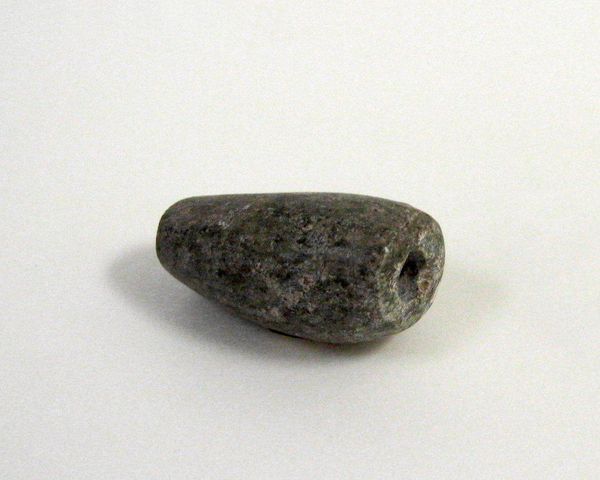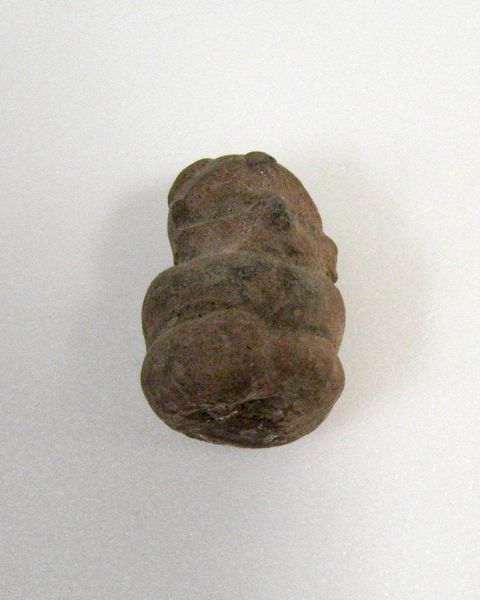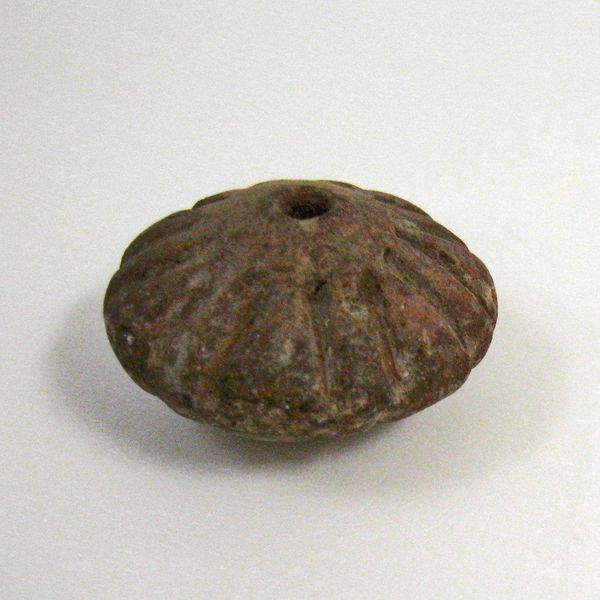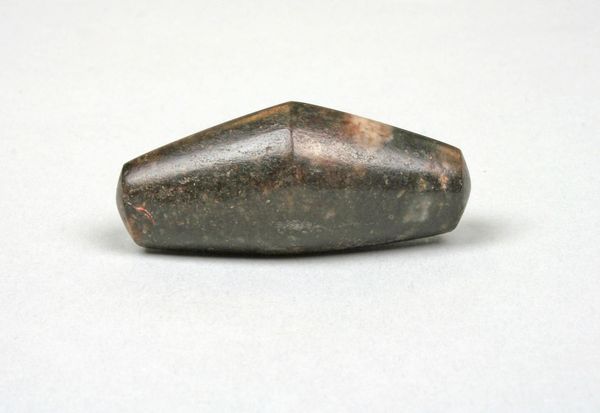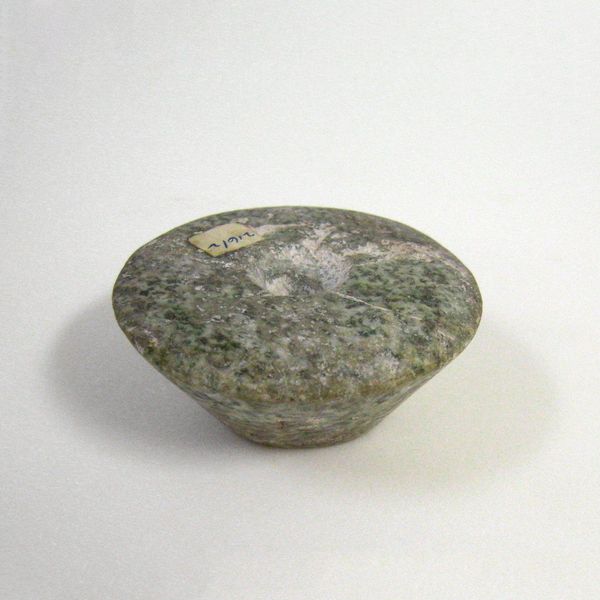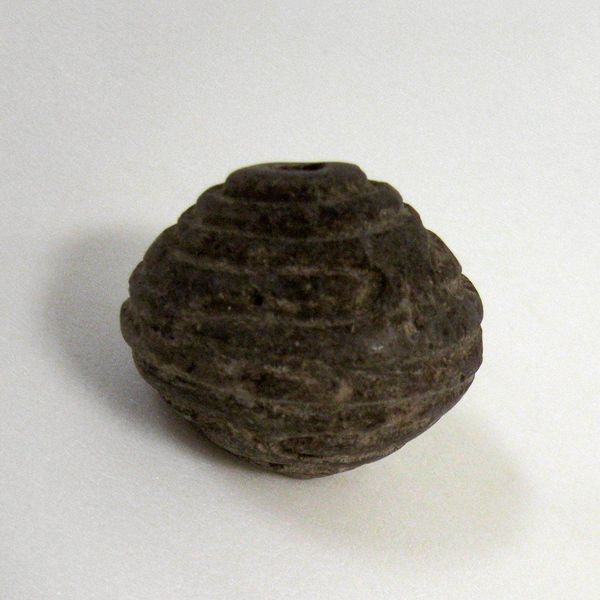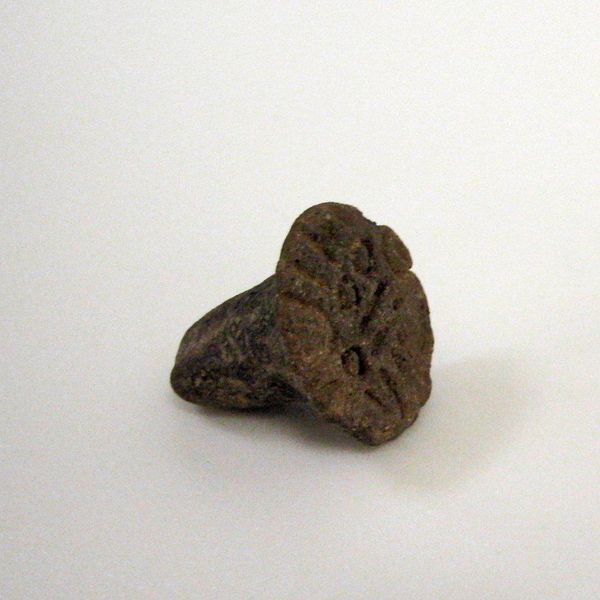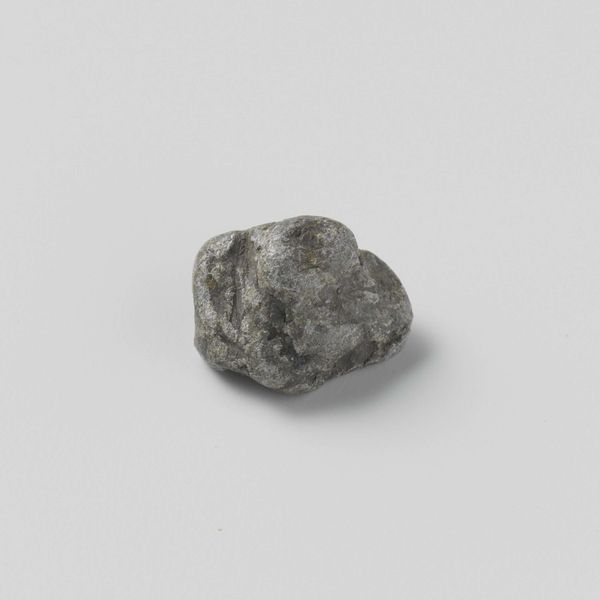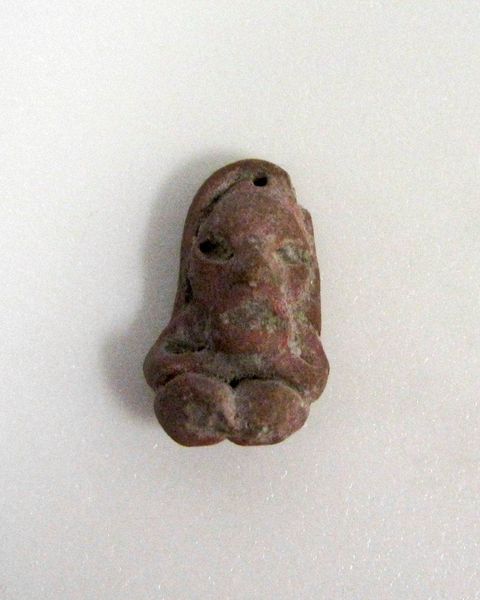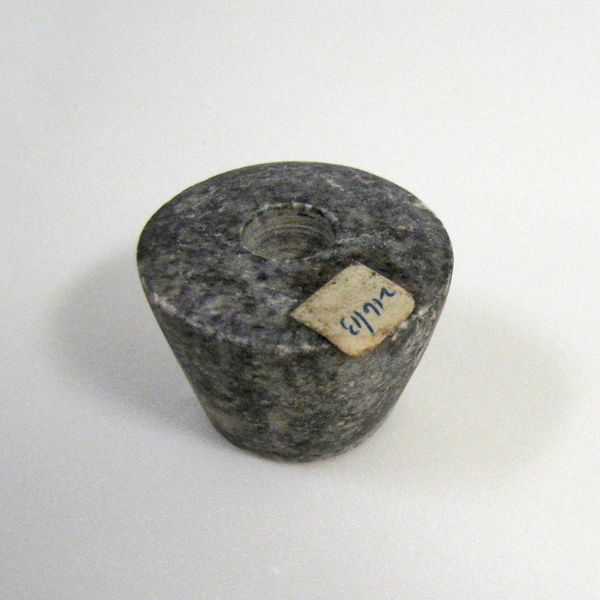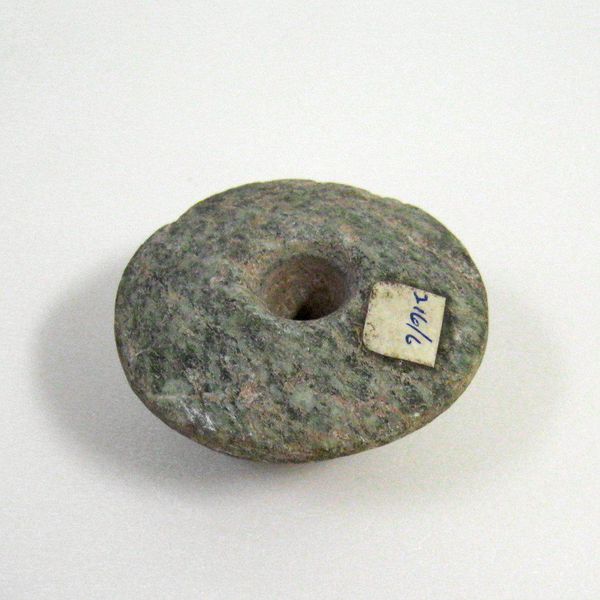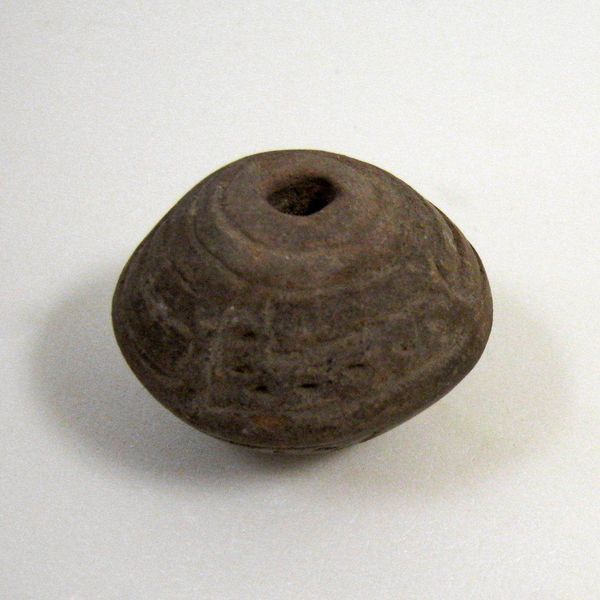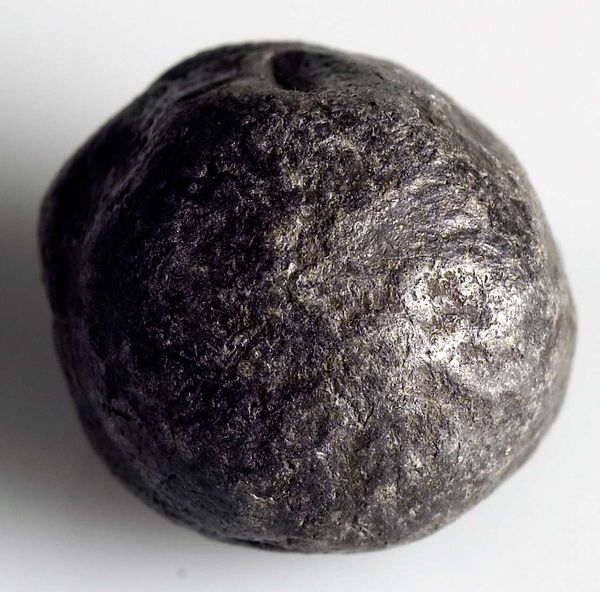
sculpture
#
medieval
#
sculpture
#
sculpture
Dimensions: 2 1/8 x 1 1/8 in. (5.4 x 2.86 cm) (varies (largest))
Copyright: Public Domain
Editor: Here we have a Medieval sculpture from the 15th century, simply titled "Bead." Viewing its straightforward, almost rudimentary form, one can’t help but ponder about its original purpose and the story it might tell about its creator. How do you interpret this unassuming artwork? Curator: Focusing purely on its aesthetic qualities, one cannot ignore the sheer economy of form. The cylindrical shape, slightly tapered at both ends, presents a satisfying, self-contained visual experience. Note the textural variations, the minute irregularities of the material; these subtle deviations lend an organic quality, preventing it from appearing mechanically produced. Editor: So, the bead's form and texture are really where the meaning resides? Curator: Precisely. While provenance inevitably enriches our appreciation, formalism encourages us to find value in the artwork's inherent characteristics. The carefully smoothed surface speaks to deliberate craftmanship. Consider the negative space created by the perforation, altering the overall mass of the object and offering another perspective. It compels us to acknowledge the interplay between form and void. Editor: That’s a compelling observation. I never considered how that void shapes our experience with the whole object. Curator: In essence, by examining the internal structure of the artwork—its construction, form, and materials—we can better understand the intention of its maker and how it functions aesthetically, beyond merely as a bead. It transcends its utilitarian function. What new understandings might this formalism lend to your practice? Editor: This formalist reading gives me a fresh viewpoint when analyzing and valuing even seemingly unadorned artwork based on the inherent value of shape, material and, quite notably, negative space. Curator: I trust our exchange today might enhance our sensitivity toward such subtle artistry and invite more meaningful, reflective encounters.
Comments
No comments
Be the first to comment and join the conversation on the ultimate creative platform.
